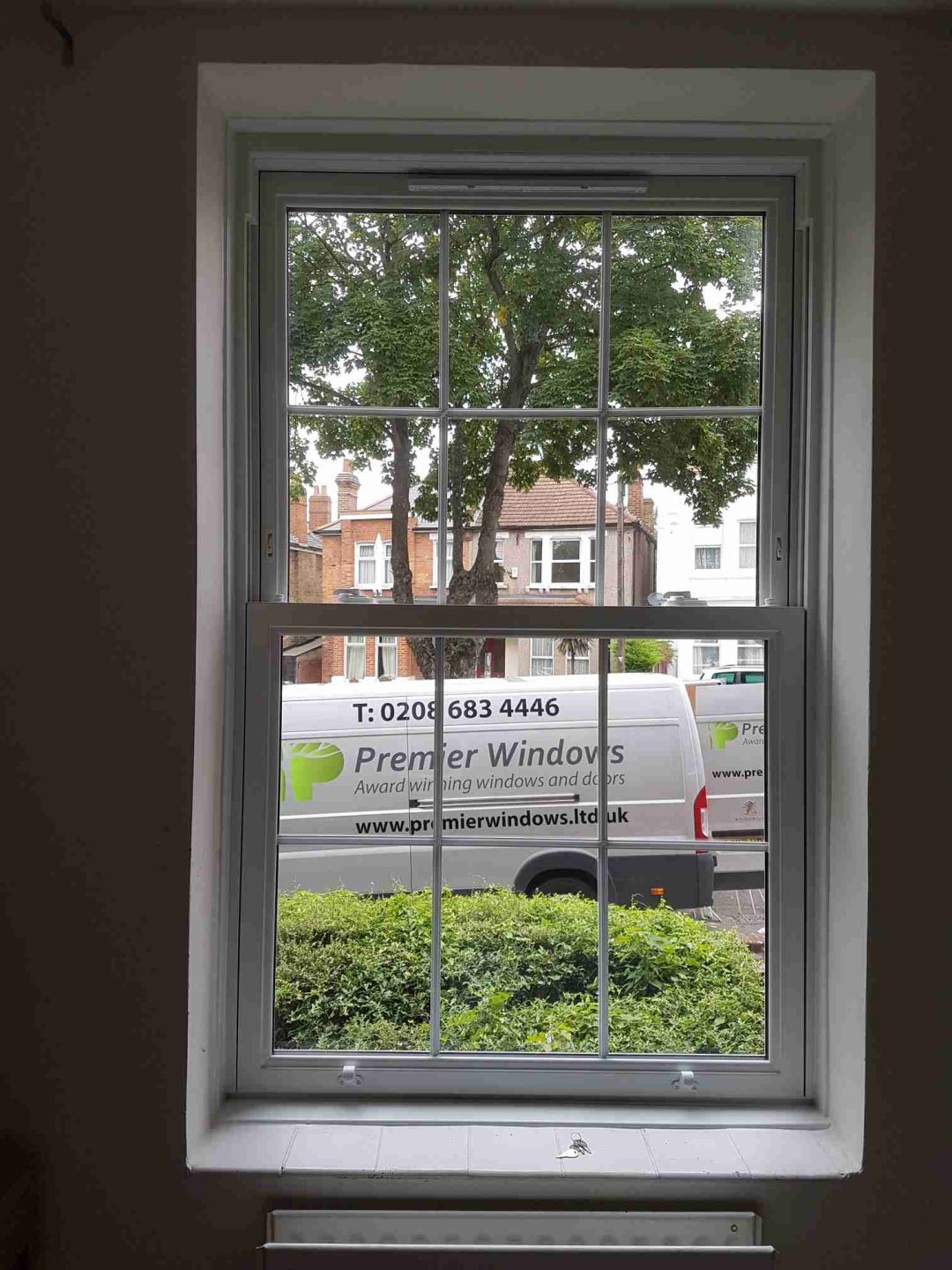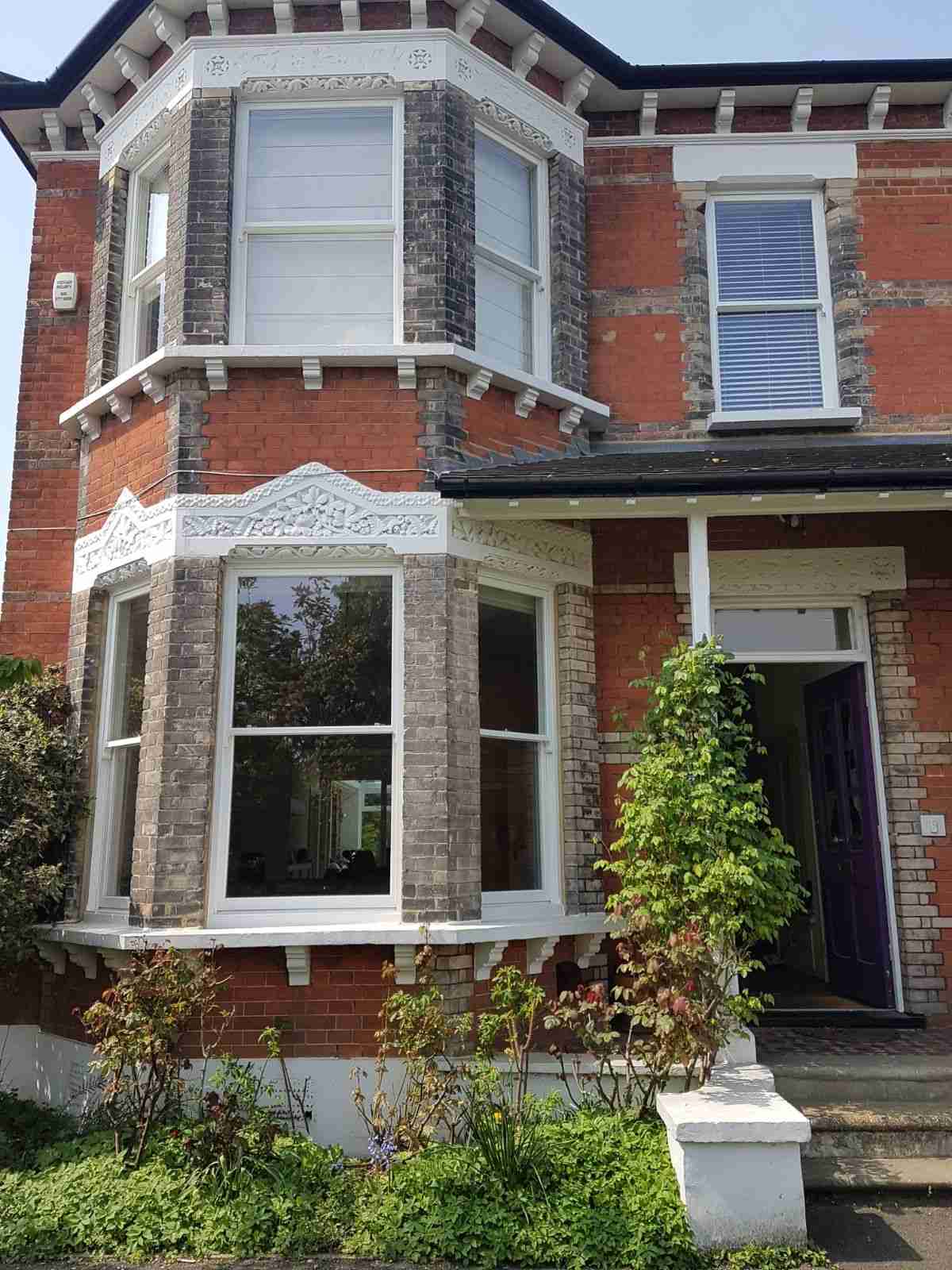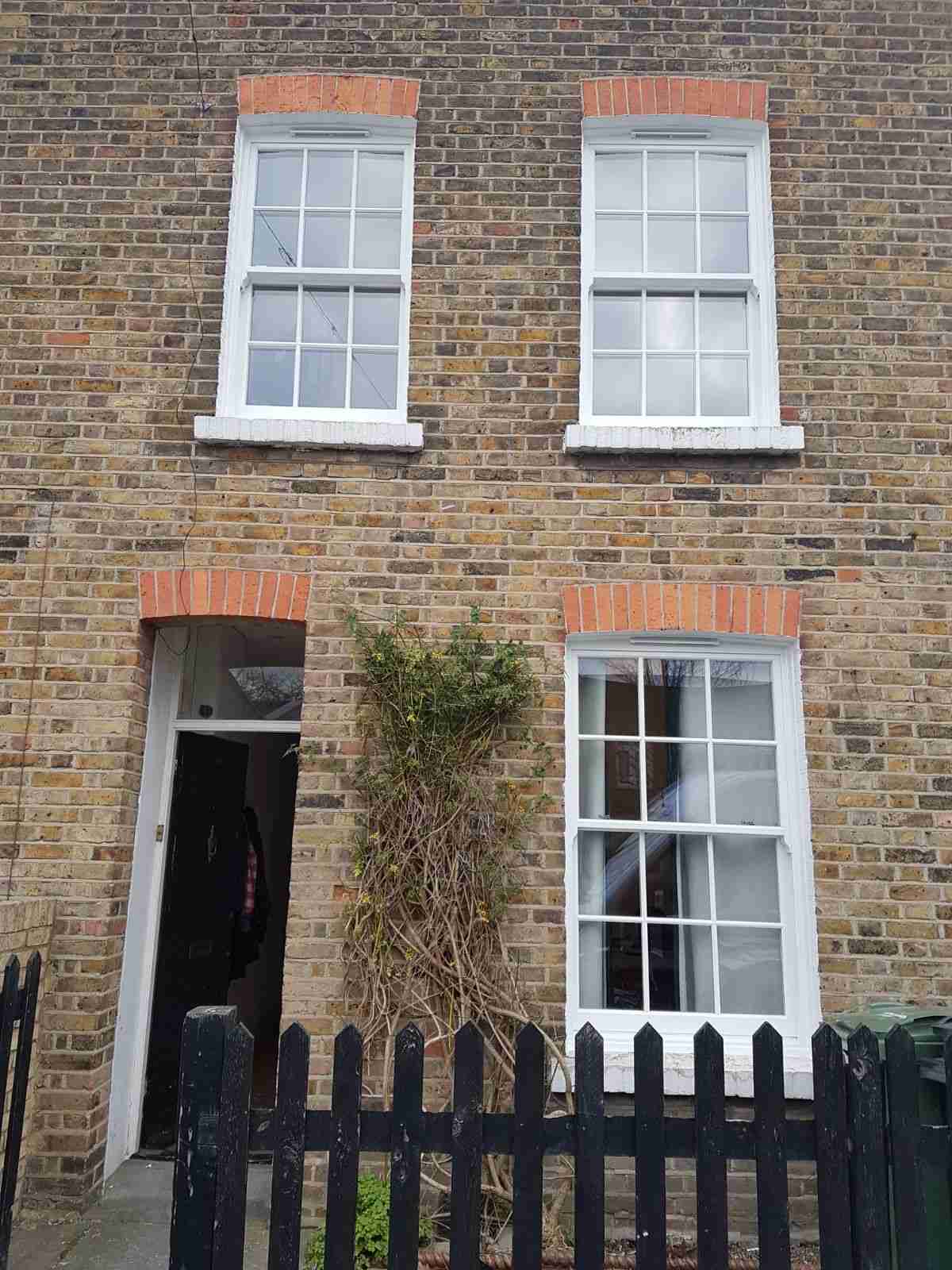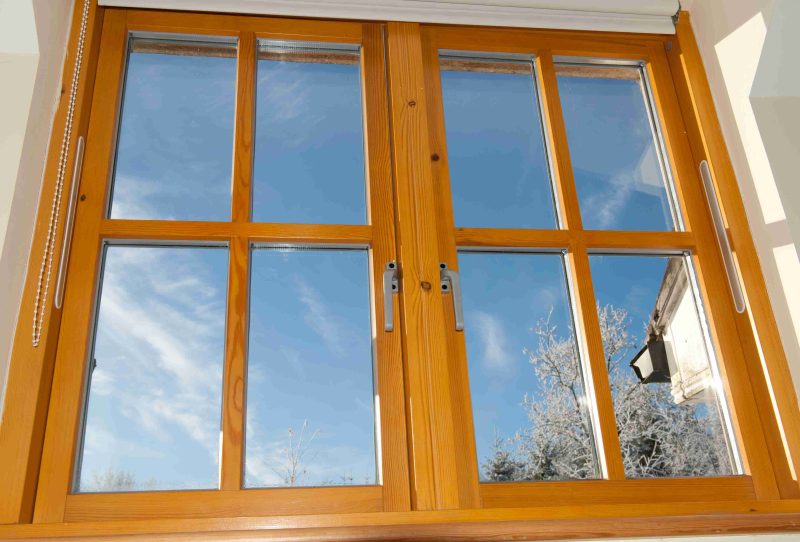
Sash windows became popular across the UK all the way back in the 18th century. Incredibly, they remain the preferred option for many people across the country. Here, we explain how modern uPVC windows work and give you a glimpse into how and why they’ve stood the test of time.
Across London and the UK at large, sash windows are a reminder of the country’s rich architectural history. They are a particularly popular feature of late Georgian properties and are also found installed in most Victorian buildings.
What sets this window apart is its ability to slide open or closed without taking up space in the interior or to the exterior of the property. It’s a clever design that has lasted centuries.
Originally, sash windows utilised wooden frames in their construction, but modern sash windows are made from uPVC. This material is better value, easier to maintain, and can offer better energy efficiency and even environmental credentials.
With wooden sash windows, the window frames — especially older ones — may rot, the sashes may become stuck, or the complete unit can become prone to letting in a draught. uPVC is a far more consistent material and can be installed to an extremely high standard, allowing for a long lifespan at a lesser overall cost.
What Is a ‘Sash’?
First of all, it’s important to understand what it is that makes sash windows different from others. What is the difference between a sash window and a casement window, for example?
Simply put, a “sash” is a sliding element that allows a window to be opened or closed without any of the structure or glazing having to move inwards or outwards.
These windows are made up of two complete window frames that slide independently of each other within a larger frame. This allows the window to be opened and closed.

This Victorian property wouldn’t look quite right without these beautiful, large sash bay windows, would it?
How Do the Sashes Slide within the Frame?
If you’ve used old timber sash windows before, you may know all too well that as they age, the sliding mechanism can become stiff and difficult to operate. It can be a maddening experience trying to fix the problem — all too often, integral parts of the sliding mechanism have been painted over and it would take a lot of work to get it working the way it used to.
Painting over the small gap between the sash and overall frame is a recipe for the window to seize up and become stiff. If your sash window does not open or close easily, check the spaces between the frame and the sash for paint and debris.
Understanding how sash windows open and close will help you keep your sash windows in excellent condition. Modern sash windows made from uPVC do not usually have the same issues as their older timber counterparts, but an understanding of the basic design will allow you to diagnose problems quickly and accurately, should they arise.
Weights, Counterweights and Cords
Traditionally, wooden sash windows used a system of weights and cords to open and close smoothly. The moveable sash would be connected to a weight by a cord that ran over a hidden pulley within the frame of the sash.
The weight of the sash was about the same as the weight within the frame, and as such, there would be just enough resistance to smoothly open and close the window.
If you were to look inside a modern uPVC equivalent, you’d see that the simple weight and cord system has been replaced by a loaded spring, which creates something called torsion balance. Again, this is all concealed within the frames.
What Is Torsion Balance?
For sash windows to self-balance without a simple piece of lead or metal — like in 18th-century designs — a spiral rod and tension springs are usually employed today.
Typically concealed within a plastic tube that becomes visible depending on whether the window is open or not, the rod should be made of a strong metal — this is often stainless steel. The gasket joining these components together is also hidden for a flush finish. To the naked eye, it should look as if the window is sliding up and down a simple white rod on either side of the sash.
As the adjustable sash is moved up or down, within the plastic tube, the steel turns and becomes tighter where it is attached to the spring. It’s important that this area stays clear of debris. If any seals break, you should ensure that the mechanism is clean before resealing. This is where the majority of problems arise, particularly with older sash windows.
The balance comes from either the counterweights weighing the same as the complete sash or allowing for the same countering force due to the spring’s tension.
Springs are now used with a turning rod for ease of maintenance. This system is far less likely to become faulty — older designs place a lot of strain on the pulley system, and if this breaks, it can be difficult to gain access to replace the broken part.
Homebuilding & Renovating has an in-depth sash window guide if you would like to understand each individual component that makes up a typical sash window.
Why Buy Sash Windows?
Now that you have an understanding of how sash windows work, you might be wondering whether the mechanism they use measures up against more modern designs.
The simple fact is that there are a number of great reasons to invest in sash windows, despite their design originating so long ago. Their longevity is a testament to their ingenious and practical design.
There’s no doubt that a set of sash windows has a charm that’s lacking in simple casement window designs. If your home is a period property, it just won’t look right without sash windows.

These beautiful large windows are a perfect fit for this understated terrace.
Why uPVC Sash Windows?
If you’re settled on sash windows, but aren’t sure about the material that will work best for you, here are some great reasons to opt for uPVC over other build types:
Low maintenance — uPVC is incredibly easy to keep clean and maintain. A very loose habit of running a damp cloth over the frames is all they will need.
Durability — uPVC is a very durable material. Weather will not affect a uPVC window’s finish and sunlight will not discolour the frame at all. We would expect your windows to last at least 30 years with minimal maintenance.
Excellent energy efficiency — uPVC is a great insulating material. The material also makes it easier for installers to properly seal the window frame, and this seal is less prone to being broken over time. As a result, opting for a uPVC window frame will save you money on your heating bills.
Versatility and adaptability — The range of colours and finishes that uPVC windows come in is unrivalled by other build types. Your sash windows will perfectly match your home.
Value for money — When you compare the price of uPVC to aluminium or timber frames, there’s only one winner. Unless you are wedded to a different material for your window, uPVC is the perfect option in terms of value for money.
Eco-friendly — Old uPVC windows can be recycled to make new window frames. As such, you should think of uPVC as an environmentally conscious choice for your home.
Take a look at our range of uPVC sash windows, including tilt-in sash windows, which make cleaning and maintenance even easier!

